
Cygnus cygnus
Cough swan, trumpet swan, yellow-billed swan,Cygnus cygnus,Whooper Swan
There is no subspecies of Whooper Swan.The four kinds of white whooper swans···
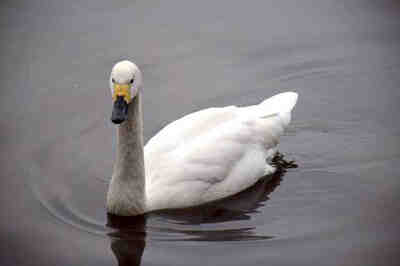
Cygnus columbianus
Short-billed swans, whistling swans, tundra swans,Cygnus columbianus,Tundra Swan
The cygnet, known as Tundra Swan, has three subspecies and is a large waterf···
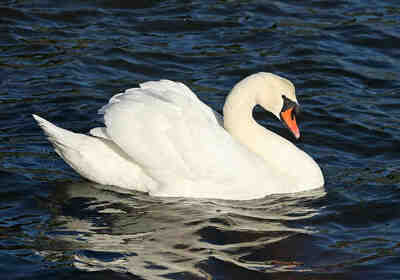
Cygnus olor
Tumble-nosed swan, mute swan, red-billed swan, Tumble-nosed swan, bright swan, blue Swan,Cygnus olor,Mute Swan
Mute Swan foreign name Mute Swan, no subspecies, is a large swimming bird.Mu···

Branta ruficollis
Branta ruficollis,Red-breasted Goose
Red-breasted Goose (no subspecies) is a small wild goose.Brats like to form ···
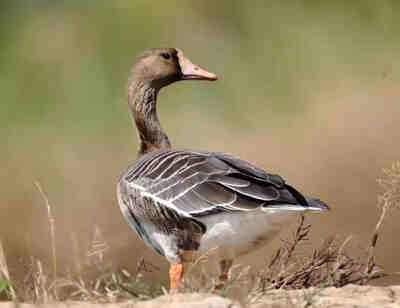
Anser erythropus
Wild goose,Anser erythropus,Lesser White-fronted Goose
Lesser White-fronted Goose, no subspecies.Small white-fronted geese leave th···
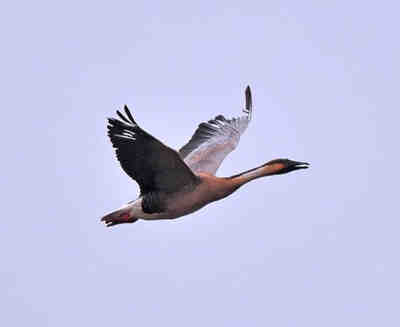
Anser cygnoides
Original goose, with goose, strange goose, black-billed goose, sand goose, grass goose,Anser cygnoides,Swan Goose
Swan Goose, with no subspecies, is a large waterfowl.From late September to ···
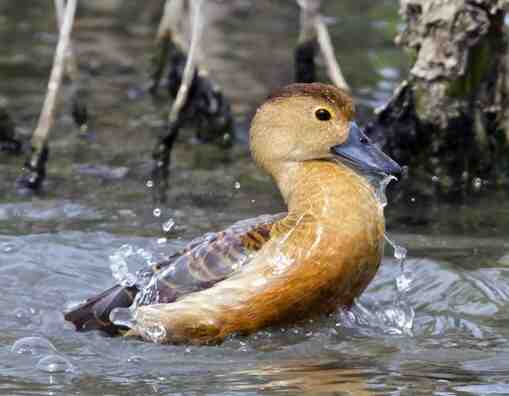
Dendrocygna javanica
Tree duck, Ny duck, Screaming duck,Dendrocygna javanica,Lesser Whistling-duck,Lesser Whistling Duck
The Lesser Whistling-duck is a small and medium-sized duck with no subspecie···
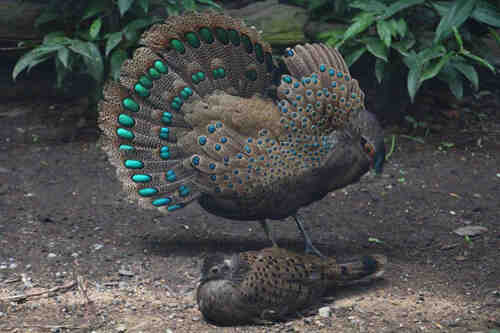
Polyplectron katsumatae
Polyplectron katsumatae,Hainan Peacock-pheasant
Hainan Peacock pheasant has no subspecies.Hainanese pheasants often move alo···
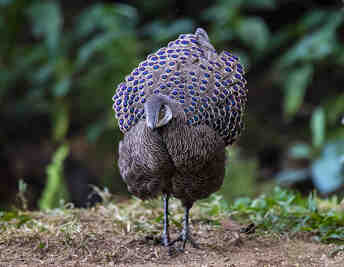
Polyplectron bicalcaratum
Peacock chicken, money chicken,Polyplectron bicalcaratum,Grey Peacock-Pheasant
Polyplectron katsumatae (Polyplectron katsumatae) was developed in 2004 by t···
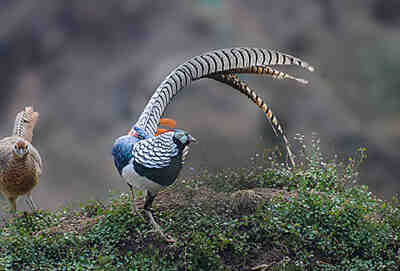
Chrvsolophus amherstiae
Chrvsolophus amherstiae,Lady Amherst's Pheasant,Bronze chicken, bamboo chicken, quilt chicken, turnip chicken, silver chicken
Lady Amherst' s Pheasant, no subspecies.White-bellied caragana roosts in···
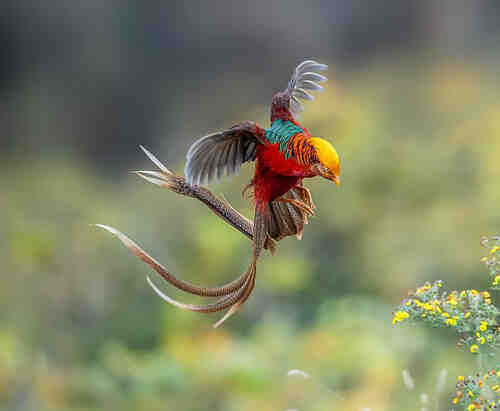
Chrysolophus pictus
Chrysolophus pictus,Golden Pheasant,Golden pheasant, pheasant, pheasant, picker
There are three subspecies of Golden Pheasant.Red-belted chickens like to mo···
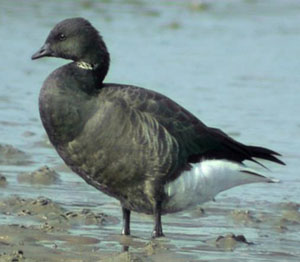
Branta bernicla
Branta bernicla,Brent Goose
Brants are typical cold-water Marine birds, tolerant of cold, and prefer to ···
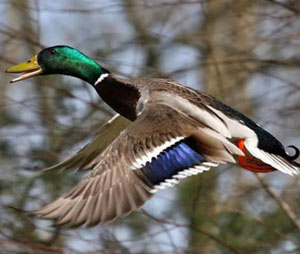
Anas platyrhynchos
Big green head, big red leg duck, official duck, on duck, hemp duck, green side,Anas platyrhynchos,Mallard,Common Mallard
Mallard ducks are large ducks, similar in size and appearance to domestic du···
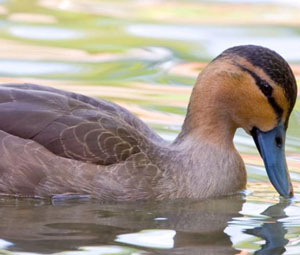
Anas luzonica
Luzon duck,Anas luzonica,Philippine Duck
The brown necked duck (Anas luzonica) belongs to the family Anatidae. It is ···

Anas poecilorhyncha
Anas poecilorhyncha,Indian Spot-billed Duck,Indo-burmese spotted duck
Mallard, a similar species of Indian grouper, has a similar size, but its bo···

Spatula clypeata
Shovel duck, Broad-billed duck,Anas clypeata,Northern Shoveler
Shoveler ducks often travel in pairs or small groups of 3-5, and can also be···
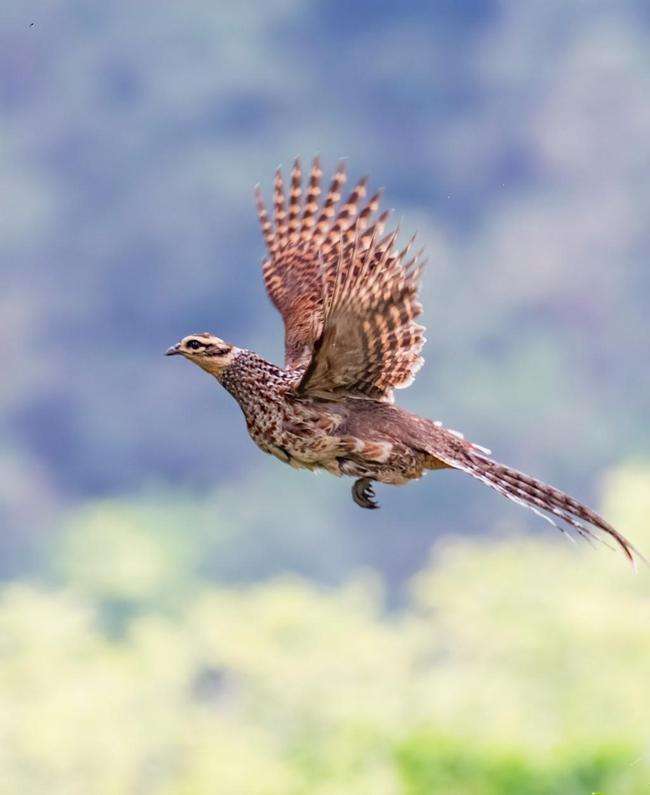
Syrmaticus reevesii
Zhai bird, ground chicken, long-tailed chicken, mountain pheasant,Syrmaticus reevesii,Reeves's Pheasant
The white-crowned long-tailed pheasant is also known as Reeves's Pheasan···
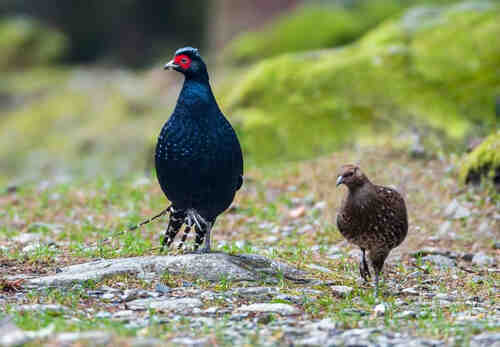
Syrmaticus mikado
Imperial Pheasant,Syrmaticus mikado,Mikado Pheasant
The black long-tailed pheasant is called Mikado Pheasant in English. It has ···
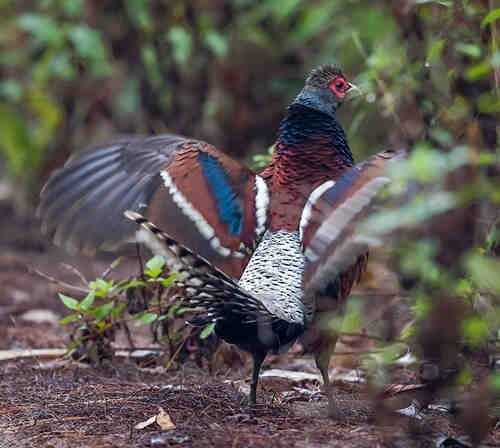
Syrmaticus humiae
Ground Chicken,Syrmaticus humiae,Mrs. Hume’s Pheasant
Mrs. Hume’s Pheasant, also known as Mrs. Hume’s Pheasant, has two subspeci···
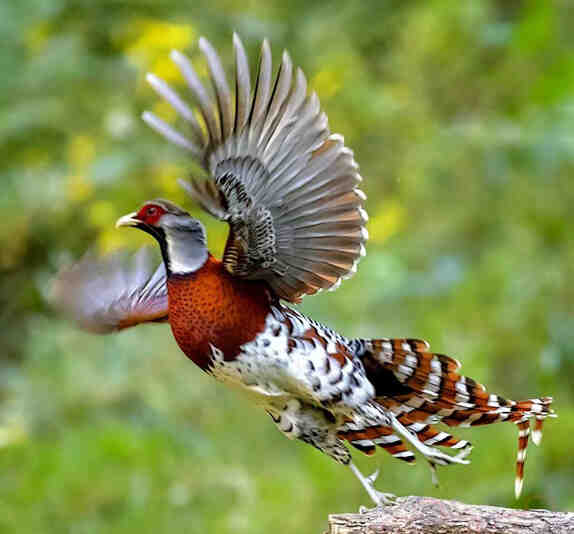
Syrmaticus ellioti
Striped back chicken,Syrmaticus ellioti,Elliot's Pheasant,Chinese Barred-backed Pheasant
Elliot's Pheasant, also known as the White-necked Pheasant, has no subsp···

Crossoptilon auritum
Crossoptilon auritum,grouse
Blue Eared-pheasant, no subspecies.Blue pheasants like to live in groups of ···
